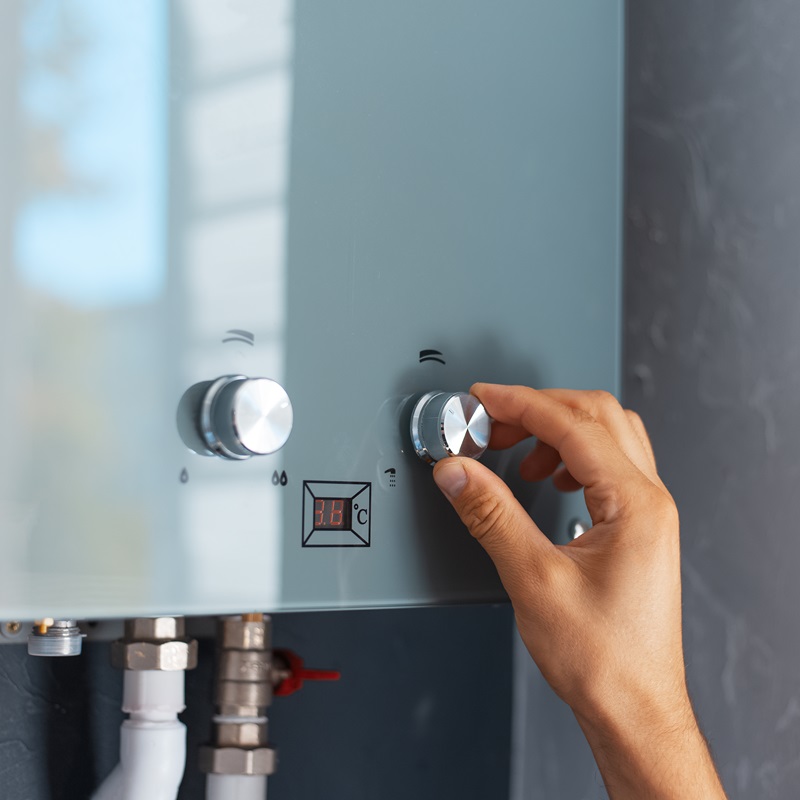Being aware of geyser sizes helps in choosing the right water heater.
Being aware of geyser sizes helps in choosing the right water heater.
Blog Article
Exactly how to Choose the Right Geyser to Optimize Energy Performance in Your Home
From comprehending the various kinds of geysers, to examining their energy effectiveness rankings and considering placement method, each decision plays a crucial duty in taking full advantage of performance. Let's get started on this journey to find how to make the most educated option for a geyser that will certainly reduce your power costs while ensuring optimal efficiency.

Recognizing the Different Kinds Of Geyser
While there are various kinds of geysers readily available on the marketplace, comprehending the differences between them is vital for power efficiency (geyser sizes). The initial type, storage space geysers, are the most common and shop warm water in a tank for usage when required. They are offered in various capabilities and are usually energy-efficient, but they can shed warmth when not in usage
The 2nd kind is the tankless geyser, which heats up water as needed, leading to much less energy waste yet needing a higher initial power draw. Finally, there are heat pump hot springs that make use of electricity to move warm from one place to one more rather than producing heat straight. They can be 2 to three times more power efficient than conventional storage geysers. Finally, solar geysers use solar power to heat the water, making them the most energy-efficient however also one of the most expensive.
Evaluating Your Household's Warm water Demands
Prior to diving right into the purchase of a geyser, it is essential to assess the warm water requirements of your house. This evaluation needs to think about countless aspects consisting of the variety of household members, frequency of warm water use, and the variety of hot water outlets in the home (geyser sizes). A tiny family members with infrequent warm water usage may require a smaller sized, much less powerful geyser compared to a bigger family with multiple day-to-day hot water demands
The kind of home appliances that call for warm water also play a considerable duty. Dishwashers and washing devices, for instance, may require even more hot water than a simple shower or cooking area sink. Specific activities such as bathing or cleansing also affect the frequency and volume of hot water required.
Examining Energy Performance Rankings of Geyser
Having assessed the warm water needs of your house, it is essential to transform your focus to the power effectiveness scores of hot springs. These rankings, generally offered as Energy Variable (EF), suggest a hot spring's general power performance based on the amount of warm water generated per system of gas consumed over a common day. The higher the EF, the much more efficient the hot water heater.

Factors To Consider in Geyser Dimension and Placement
Beyond energy performance rankings, the size and positioning of your geyser are crucial elements to take into consideration. The size of the geyser should line up with your home's warm water requirements. A small geyser might use much less power have a peek at this site yet may not offer adequate warm water for multiple uses at the exact same time, whereas a larger unit can satisfy greater need however might eat even more power.
Hot springs should be set up close to factors of usage to minimize heat loss throughout water transportation. In addition, taking into consideration thermal insulation, a hot spring located in a warmer area loses much less warm and for that reason utilizes less energy to maintain the water temperature level.
Cost Analysis: Stabilizing Initial Financial Investment and Long-Term Savings
While size and positioning unquestionably play significant functions in a hot spring's energy efficiency, one must not overlook the financial element. When thinking about the initial investment, the rate of energy-efficient geysers can be more than conventional models. The enhanced in advance expense can be offset by lasting power financial savings, making it a worthwhile financial investment in the lengthy run (geyser sizes).
Analyzing long-term cost savings needs an understanding of the geyser's energy ranking. A home appliance with a higher rating will certainly consume much less energy, translating to reduced energy expenses in time. Government incentives and discounts for energy-efficient home imp source appliances can also help recoup first prices.
Lastly, upkeep and life-span must be factored in. Energy-efficient hot springs often have longer life expectancies and lower maintenance expenses, contributing to overall savings. When balancing initial financial investment and lasting cost savings, one ought to think about not just the acquisition cost but also power consumption, federal government incentives, and upkeep costs.

Final thought
These include recognizing the kinds of hot springs, examining your home's hot water needs, assessing power effectiveness scores, and determining expense advantages. The right geyser dimension, placement, and insulation can considerably reduce energy bills and that site environmental impact.
Report this page